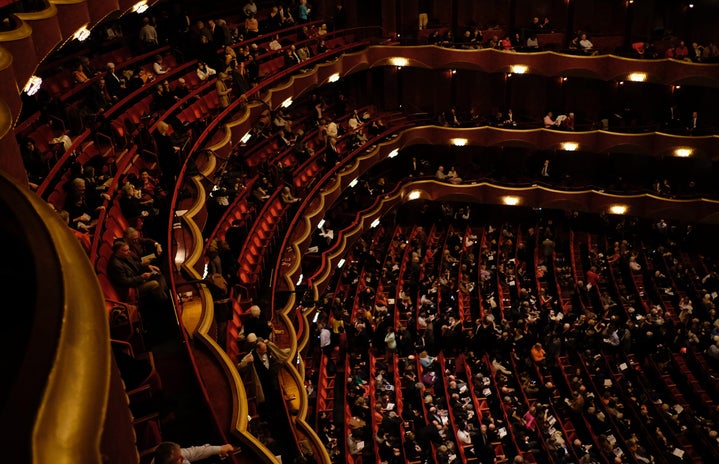This past Sunday, “Pokémon Go” held its worldwide Beldum community day. Players got an increased chance to catch the iron ball Pokémon and eventually obtain its final evolved form, Metagross. To make things more interesting, the game introduced shiny Beldum, allowing players to possibly catch different-colored versions of the Pokémon. In Beldum’s case, its shiny form looks more chrome than blue, and this is also true for its evolved forms. Personally, though, as with all shiny Pokémon, I found this feature to be useless. Shiny Pokémon are in no way stronger than their regular counterparts, nor do they have some other elevated stat. They’re just different colors. Useless feature.
Before I expand on this opinion which I assume is shared by many other people, I’d like to explain what “Pokémon” is to those who have only just heard about the phenomenon. Pokémon are creatures that live in the world of the same name. In this world, people known as trainers make it their mission to catch and train them to fight other trainers’ Pokémon in battles. Pokémon don’t die in these battles, they’re simply knocked out. For many trainers, a secondary goal is completing the Pokédex, a device that logs information for every species. To log information on a species, a trainer must catch that at least one of that Pokémon. Trainers use Poké balls to catch Pokémon. Many Pokémon evolve into stronger forms, but this is done differently in every game.
“Pokémon Go” is a mobile game that allows you to do all of the above in one way or another. To obtain items like Poké balls, though, you must walk around to locations known as Poké stops. These are usually local landmarks. In this particular game, to evolve a Pokémon, you have to obtain candies, which you do by catching more Pokémon. For example, to evolve Beldum into its stronger forms (first Metang, then Metagross), a player simply has to catch tons of Beldum to obtain Beldum candy. That candy can then be used to evolve the Pokémon.
The game introduced shiny Pokémon starting with three Pokémon from the fictional Kanto region (Bulbasaur, Charmander and Squirtle). Shiny Pokémon are supposedly special because they’re very rare. As more Pokémon species were made available in the game, the number of shiny species also began to grow. Note that not all species have a shiny form, which theoretically makes them more special. The most recent species to have a shiny form introduced was Beldum, a robotic-looking Pokémon from the Hoenn region. Like other shiny species, shiny Beldum differed in color from regular Beldum, but other than that (as mentioned before), they were completely the same as regular Beldum.
So, I say again: the concept of shiny Pokémon is useless. Sure, some of the shiny forms look cool, but I’ve never been one for putting appearance over efficiency. In the game, you have a limited space for Pokémon, so you can’t keep every Pokémon you catch. If I catch a regular Beldum and a shiny Beldum, and the regular one has higher combat points (CP) than the shiny one, I’m going to keep the regular one, no matter the difference in color. But the tendency of people to choose shiny Pokémon over their regular forms just because they’re shiny reflects average human materialism in the real world.
Of course, there are plenty of people who disagree with me. For them, shiny Pokémon are something to be sought after. Some people even take it to the extreme and go “shiny hunting,” that is, playing Pokémon games in unique and tedious ways to purposefully seek out shiny Pokémon. These people will restart games thousands of times just to find a shiny Pokémon. Tessa, a friend of mine and fellow writer for Her Campus, explains the draw of shiny Pokémon: “They’re rare and they’re different—that’s why I like them. If you tell me there’s a tiny percentage in a Pokémon game that I can get a pink Dratini rather than a blue one, I am going to take that chance. It’s very tedious work and it doesn’t always pan out, but there’s something so rewarding after encountering 2,000 of the same Pokémon to finally find one that’s shiny.”
However, blue or pink, a Dratini is a Dratini, and in the end, that pink shiny Dratini may be weaker than the regular blue Dratini. As Pokémon enthusiasts have learned since the beginning of the phenomenon, appearance does not mean anything when it comes to Pokémon. Cute, small Pokémon may be the strongest ones you’ll encounter, and large, scary-looking ones may look fierce but ultimately have a louder bark than bite. Shiny Pokémon may look cool, but they’re no better than any other Pokémon.



